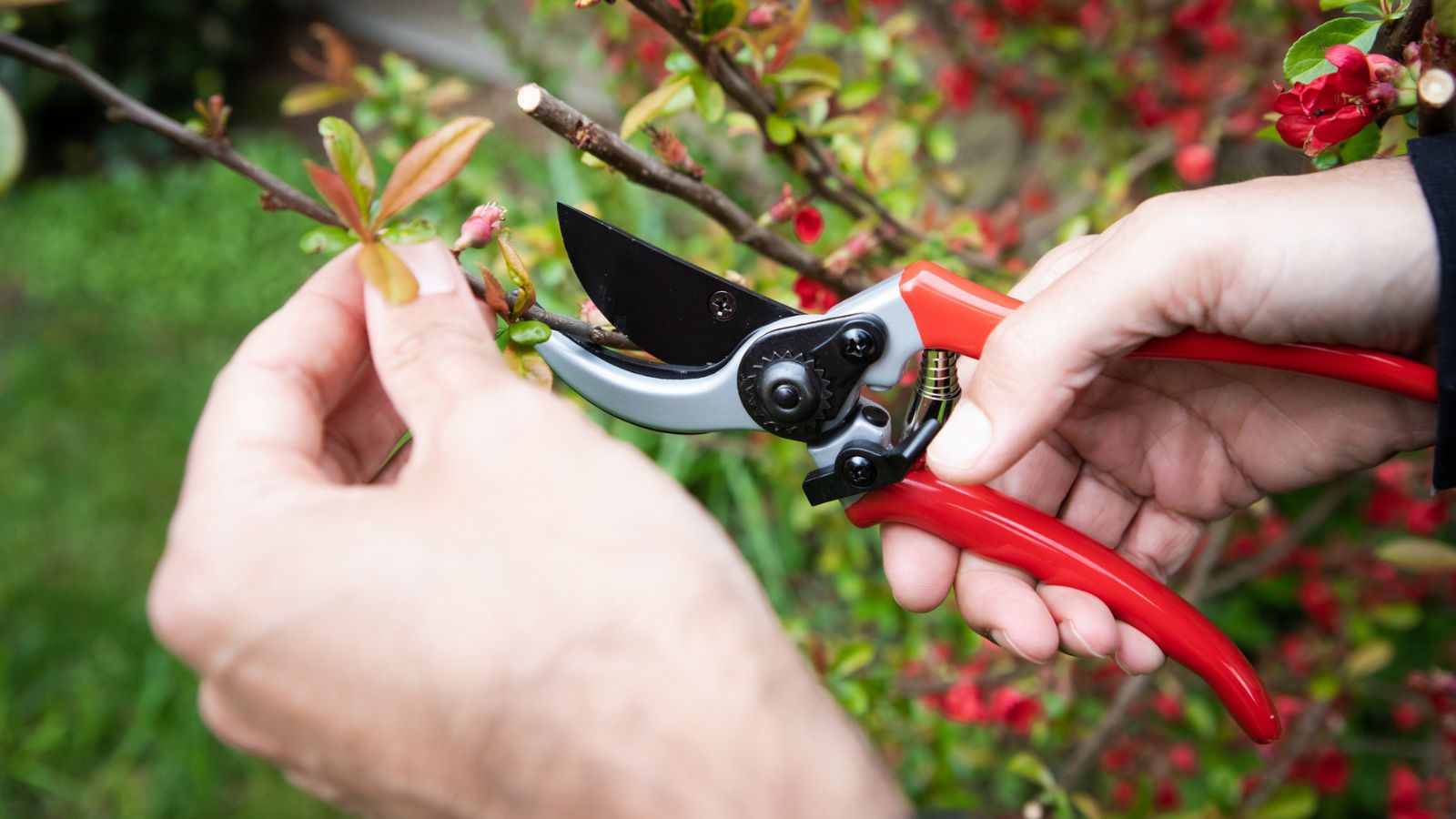
Pruning is often at the top of most gardeners' summer gardening checklist. However, you might be dreading it. With the wrong pair of pruners, your hands will be sore and chafed, and what should be one of the most relaxing jobs in the garden can quickly become a chore.
As a product tester, I've tried dozens of pairs of pruners over my career. I've spent happy hours with some of the best pruning shears around, and horrible, uncomfortable hours with bad, low-quality pruners.
This is everything I've learned about how to buy a good pair of pruners, so you can find a pair that are comfortable, long-lasting, and do a great job.
1. Know your pruner types
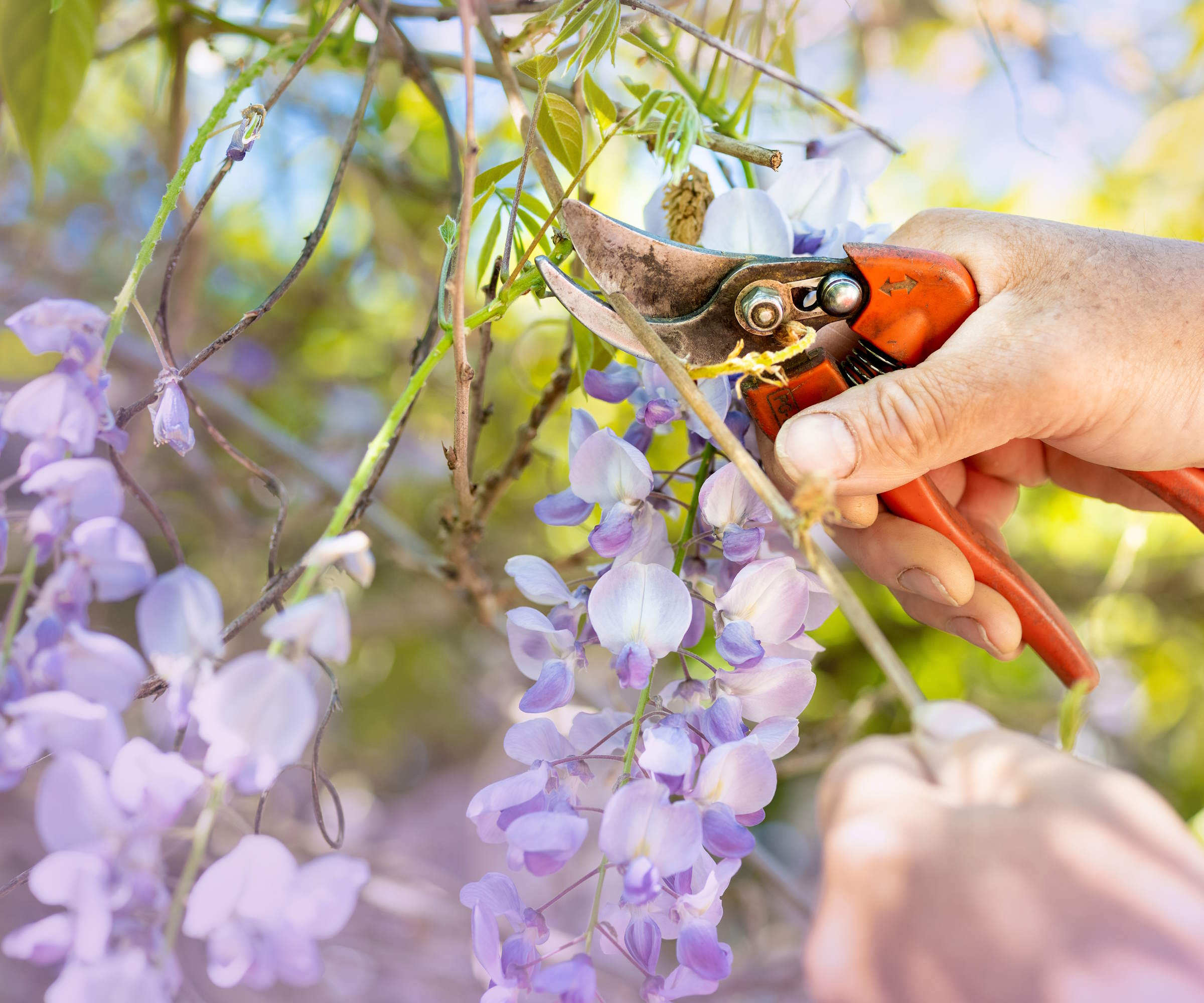
The most important part of buying pruners is to know your pruner types. There are three types of pruner and they all do different things.
The most common type of pruners are bypass pruners. These have two blades and work like scissors, and give the cleanest cut of all the types of pruners. They're perfect for delicate stems but struggle with thicker branches.
Anvil pruners have a single blade, which closes on a hard cutting block. This is perfect for pruning dead wood.
Ratchet pruners use a ratcheting mechanism that cuts in several stages. This allows you to cut through thicker material than usual because you take several attempts on a single cut. They are also helpful if you have mobility issues like arthritis.
Most people can get by with a single pair of bypass pruners. However, if you have a lot of tough wood to prune, an anvil pruner or bypass pruner is a much better option.
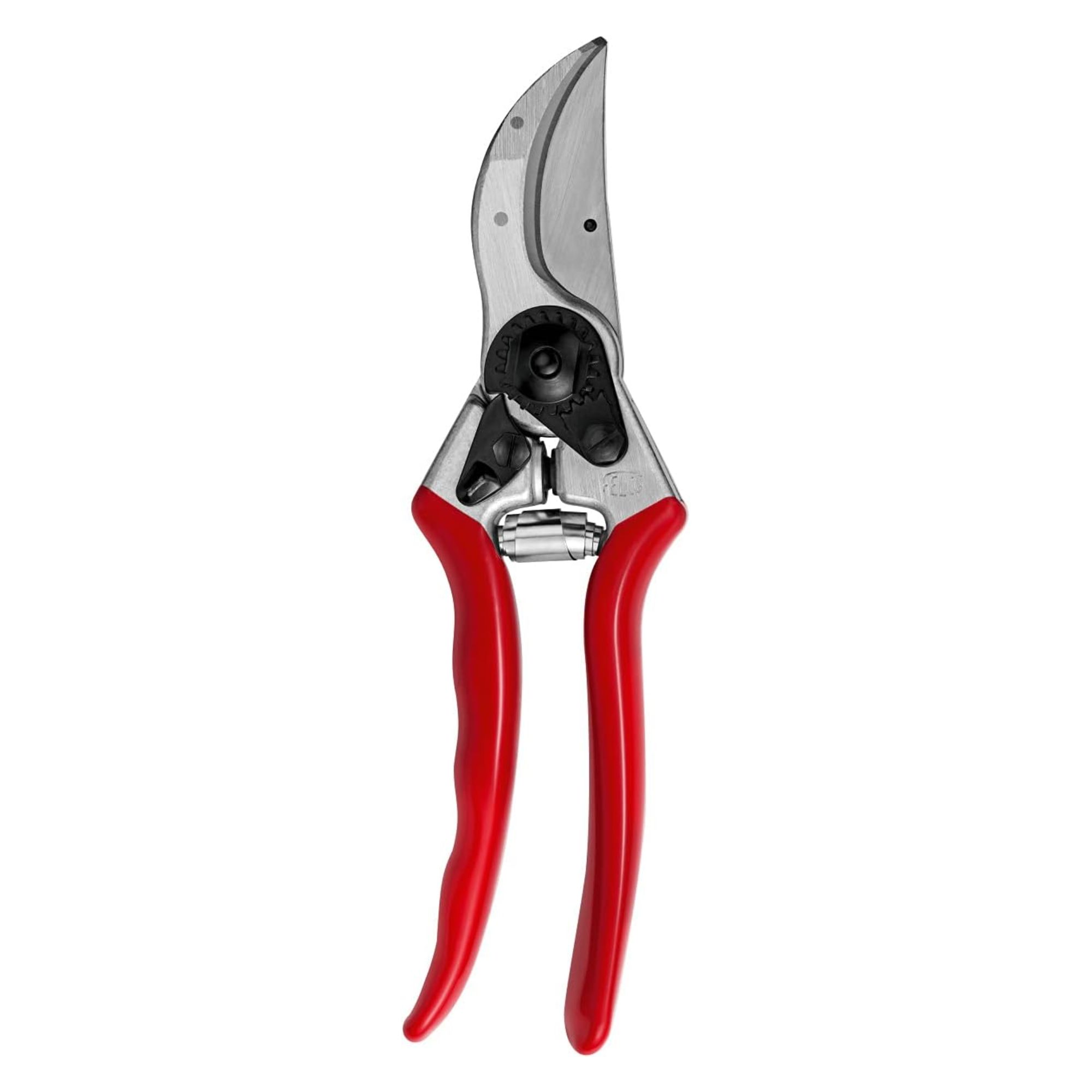
The Felco F2 pruners are universally acknowledged as the best pruners you can buy. They're robust, sharp, and comfortable, and every part can be replaced.
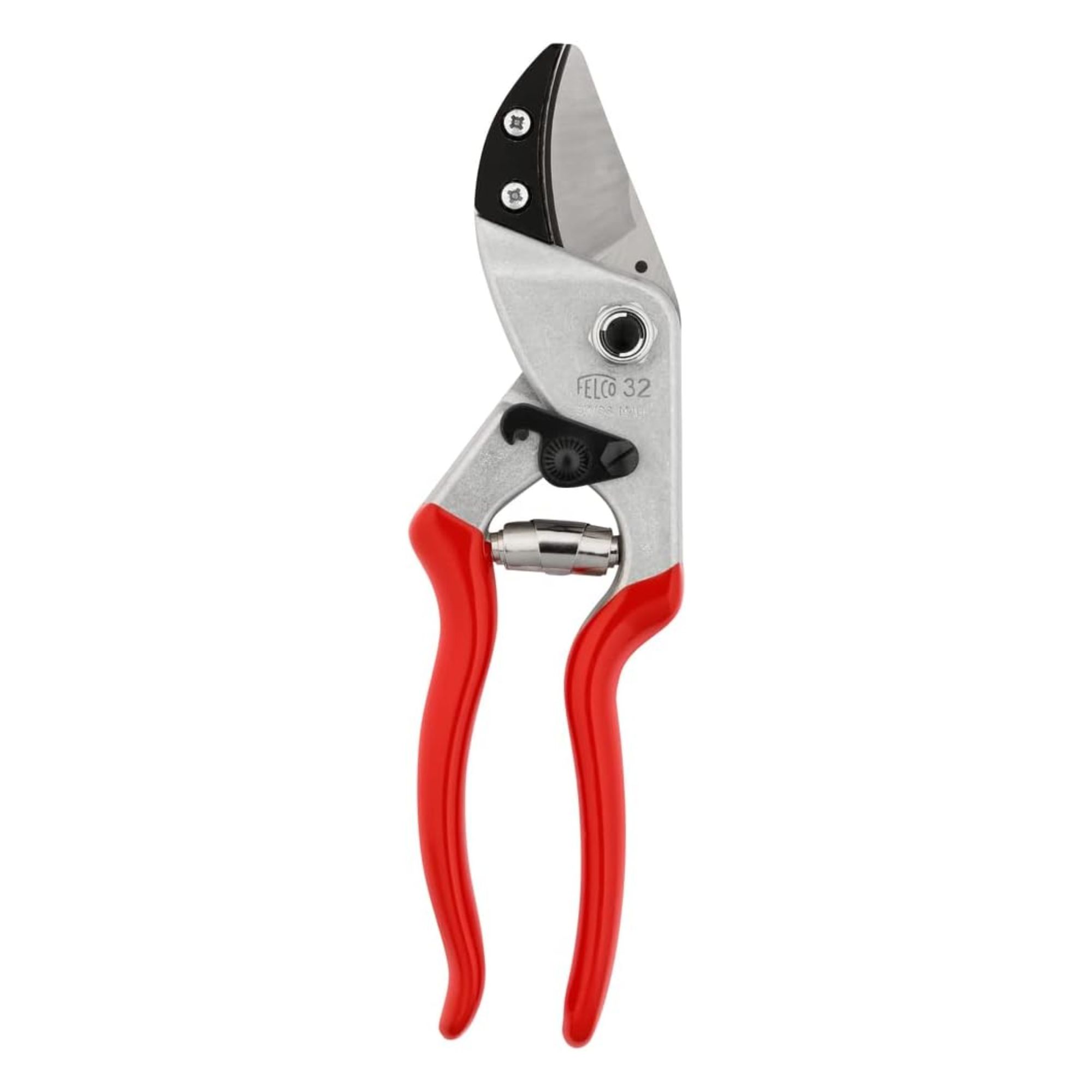
Felco also produces the best anvil pruners in the world the Felco 32. These have all the advantages of the Felco F2, but with a brass anvil to help you slice through tough, dead wood.
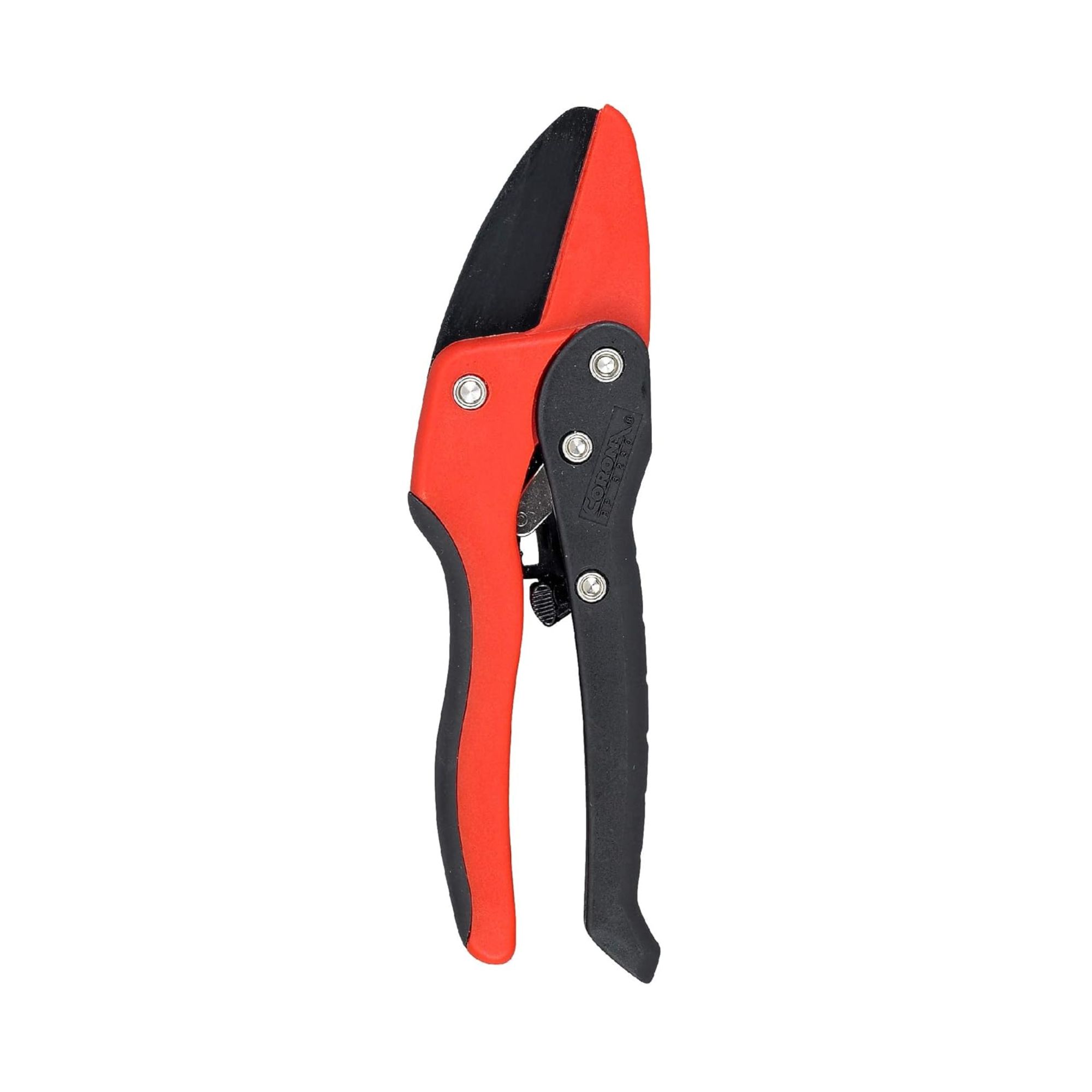
I've tried these a couple of times, and they offer a straightforward ratchet mechanism that easily passes through thick branches.
2. Always buy colorful handles
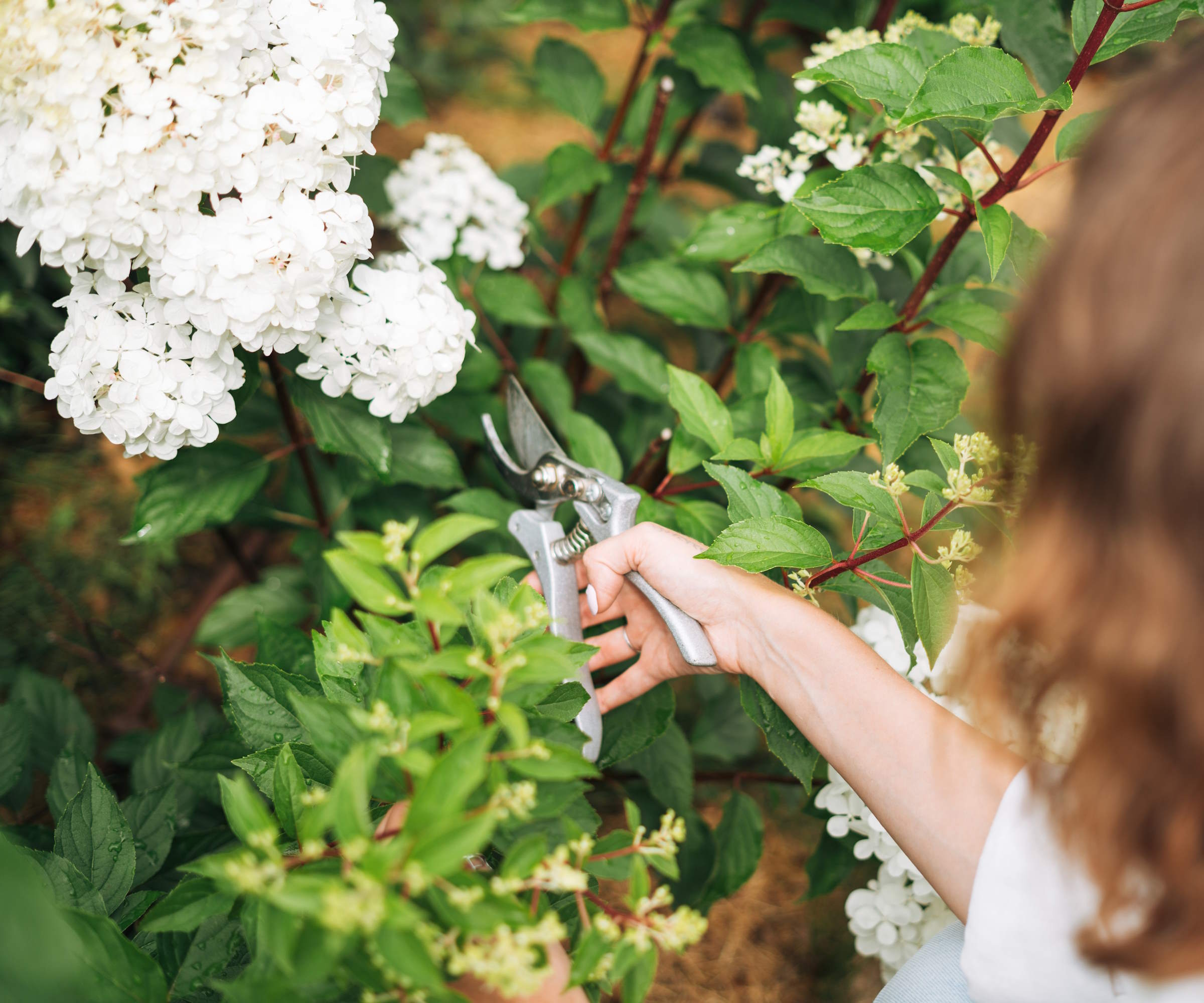
My biggest tip for buying pruners is simple but saved me a lot of headaches over the years. Always buy pruners with colorful handles, preferably red, white, or neon pink. It's not an aesthetic issue, but a practical one.
These colors contrast with green, so they are much easier to see if you drop your pruners. That's why the pruners I recommend above all have red handles. I can't tell you how many times I've put some black or green pruners down on a lawn while I attend to some other task, only to lose track of my pruners completely.
It's especially helpful if you drop your pruners into a hedge or a tree. It's a small change, and it doesn't always look great, but it makes life much easier.
While the Felco F2 pruners are great, my favorites are these Okatsune 103 pruners. They're comfortable, and the safety catch is secure but easy to open. While the red and white handles look great, they also make it easy to spot these prunes if you drop them into a shrub or onto a lawn by accident. They're also excellent if you have smaller hands. My only criticism is that they have less grip than Felco models.
These aren't the best pruners in the world, but you'll always be able to find them, and the soft rubber grip is incredibly comfortable.
I haven't tested these, so I won't vouch for their quality, but I love the pattern on these pruners. Best of all, they come in a set with a garden trowel and fork, so you can save some money.
3. Buy pruners with replacement parts
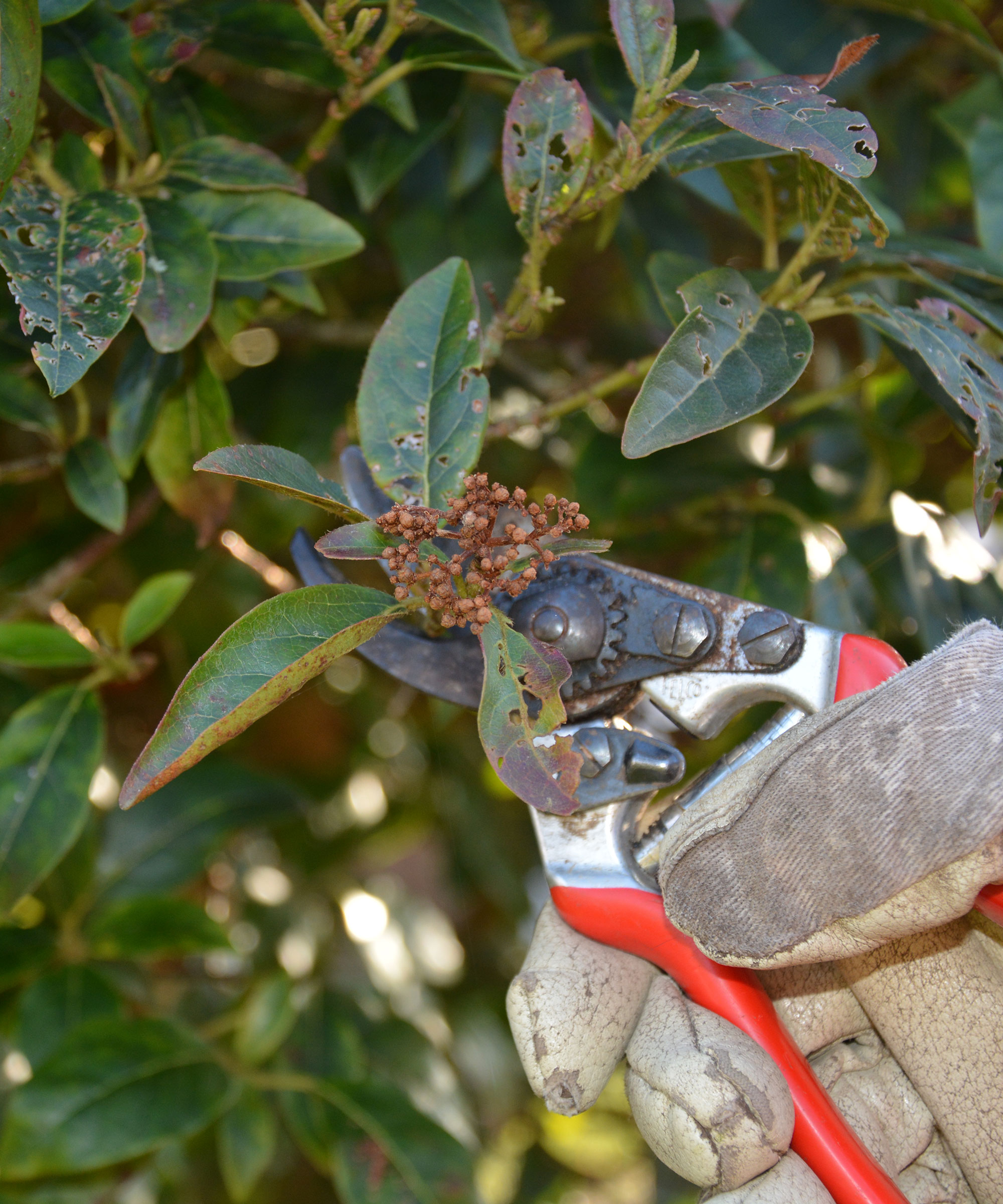
Whether you're buying an air fryer or a phone, you'll know that markets are flooded with cheap knockoffs that can't be repaired or fixed. This is even true in gardening, and it's especially frustrating with pruners.
The ability to open up and repair your pruners is essential. Before we even get into more serious repairs, you need to be able to open up or take your pruners apart so that you can sharpen them. Dull pruners crush your plants rather than cut them, which can invite disease. You need to keep the blades sharp and well-oiled to ensure a fast motion on your pruners that cuts quickly and cleanly. If you can't clean and sharpen your pruners for this maintenance, you risk harming your plants.
You also need to be able to replace safety catches, rivets, and screws, so that you can keep your pruners working for life. The Felco tools I mentioned above are particularly good for this. Gardeners have coveted The Felco 2 for years for this precise reason. You can always find replacement parts for these; they're often called 'the last pruners you'll ever buy.'
4. Never buy wood handles
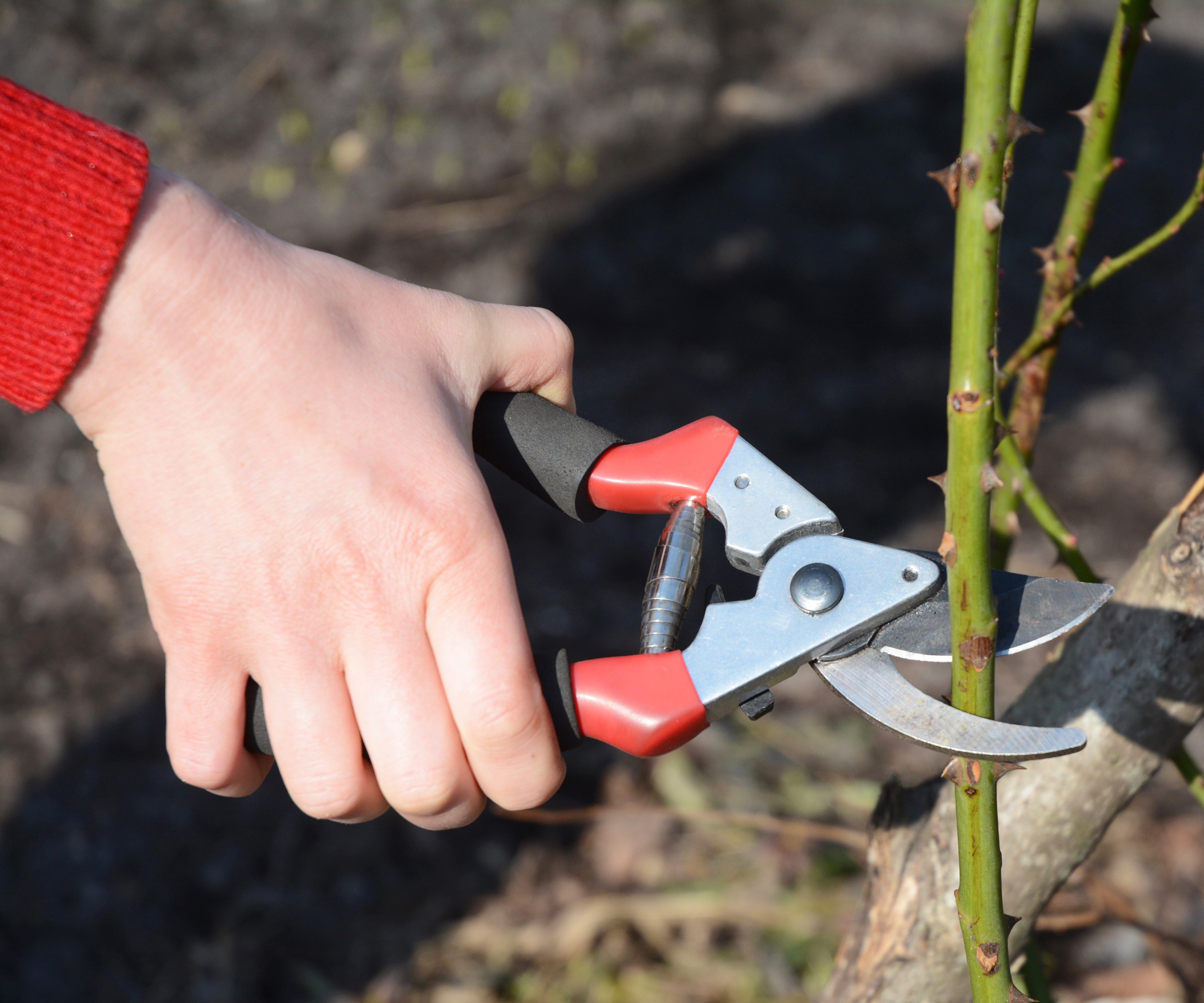
My other tip for buying pruners is to avoid wooden handles. Wooden handles as shown in these wooden pruners on Amazon look great, and they feel a lot more rustic and cottage-like than bright rubber handles.
However, I know from hours of testing pruners that wood handles always rub, even if you're wearing gardening gloves. They're very hard on your hands, too, because there's no cushioning in the material.
They give your hand bones a jolt every time you make a cut. Instead, rubber handles are usually best. They're less likely to rub, and they're a little softer on your hands.
5. Consider your hand size
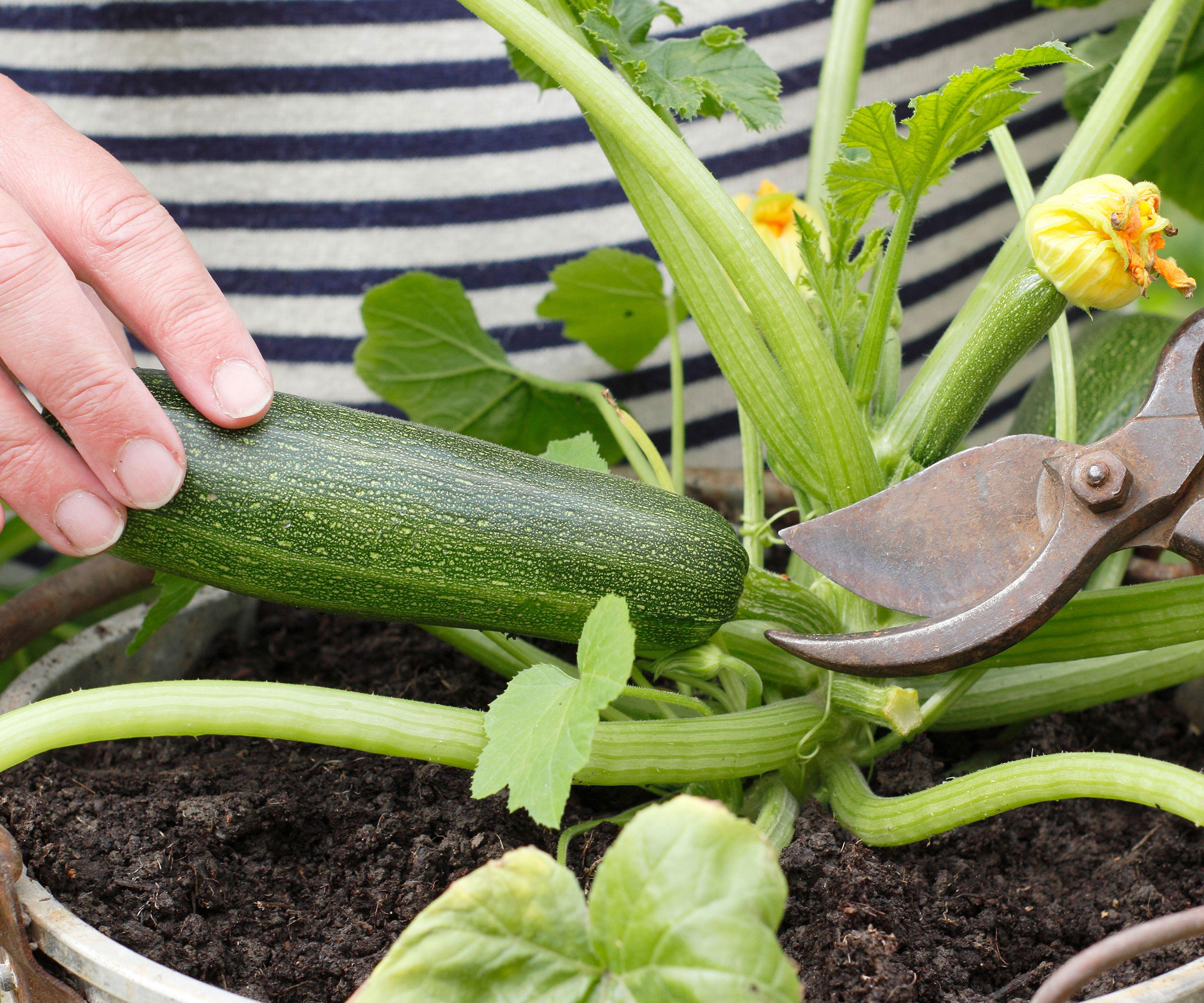
Many people find pruners uncomfortable because they're simply the wrong size for their hands. If you have small hands, you may struggle to close large pruners, and if you have large hands you might find small pruners clumsy.
The simplest way around this is to read reviews before you buy. There's no standard 'large' or 'small' with pruner sizes, so you can't rely on what a company tell you. Instead, read a couple of reviews. These should tell you if pruners run large or small for different people.
6. Beware awkward rivets and bumps
This is a small one, but it can drive you crazy if you're not careful. Some pruners have rivets or screws on their handle. This can quickly rub on your fingers or hands, which will quickly become uncomfortable.
While you can buy covers for pruner handles, it's better to avoid the problem entirely by buying different types of pruners.
Pruner FAQs
Should I buy electric pruners?
You should only buy electric pruners if you have particularly tough branches to cut or a disability in your hands. Otherwise, you're paying a lot for a tool that does the same job as a cheaper analogue model. On top of that, you have to remember to charge them, and they could run out of charge midway through pruning.
For more advice on pruning, take a look at our advice on what to prune in July, or our warnings about the plants you should never prune in summer.







